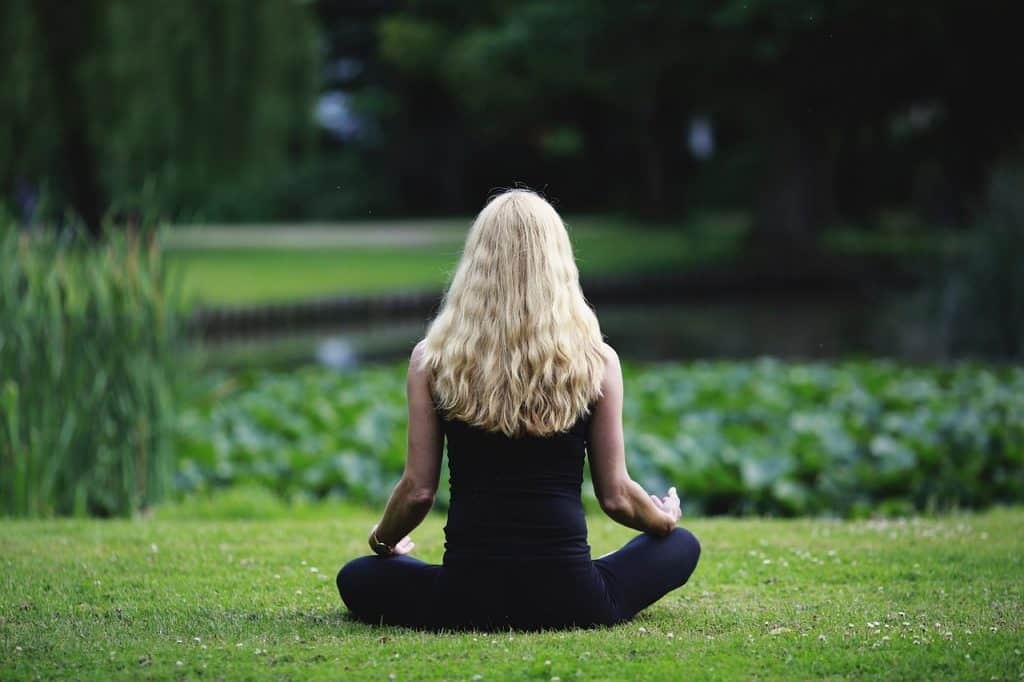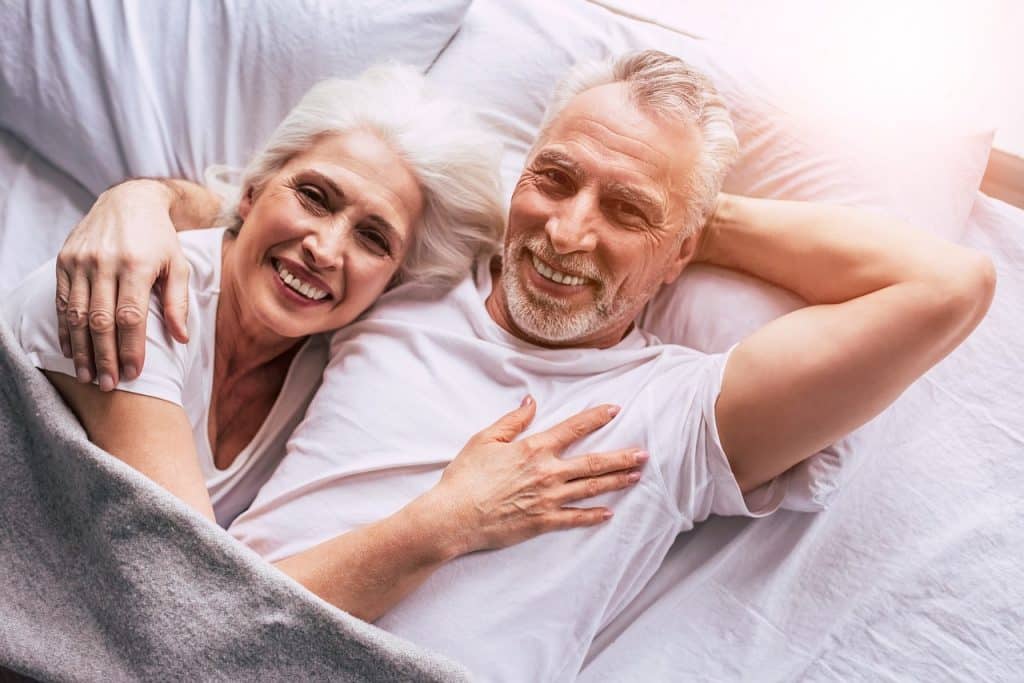NOS ARTICLES SUR L’AYURVEDA
ARTICLES RÉCENTS
Les trois piliers de l’alimentation selon l’Ayurveda
Manger ou se nourrir ? L’Ayurvéda est une sagesse ancestrale qui place la nutrition au cœur…
Chouette de Nuit ? Attention au Risque de Dépression
Bien qu’il puisse sembler tentant de veiller tard dans la nuit, la science nous montre…
Équilibre de l’Esprit : L’Influence de la Pensée sur la Santé Selon l’Ayurveda
Avez-vous déjà songé à quel point votre état d’esprit peut avoir un impact sur votre…
Phytothérapie adaptogènes pour le « burnout » (l’épuisement professionnel)
Vous sentez-vous épuisé par votre travail? Le stress lié au travail peut entraîner de la…
La science de la rétention : « Kumbhaka » (L’hypoxie intermittente)
Rétention de la respiration / hypoxie intermittente La rétention de la respiration, appelée kumbhaka dans…
Gérer l’éjaculation précoce avec l’Ayurveda et la Tantra
LA GESTION DE L’EJACULATION PRECOCE SELON AYURVÉDA L’Ayurveda nous propose un raccourci. Il nous donne…






